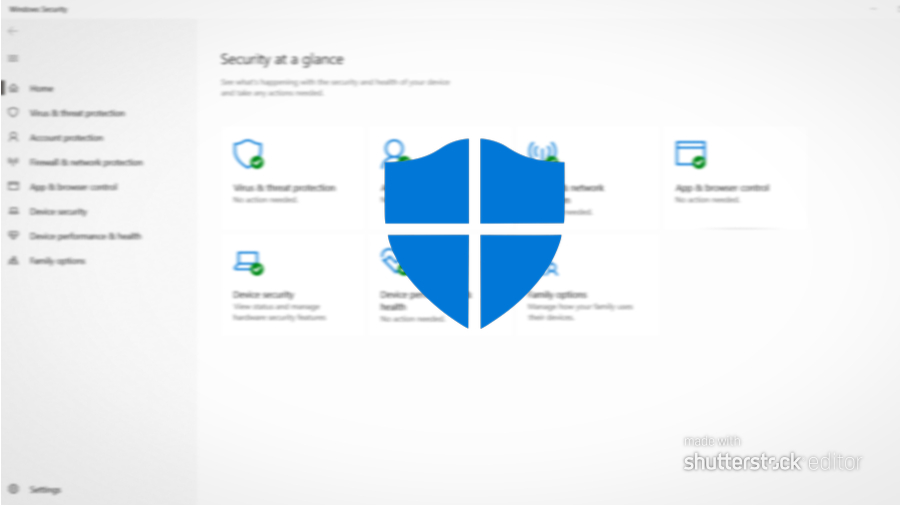When it comes to defending Windows, Microsoft has never been able to catch up with some of the best antivirus software in the market. However, this new feature of Windows Defender (Windows 10 built-in antivirus) will likely push it upward in the list.
In a blog post, Microsoft has announced that the Windows defender can now run within a sandbox, thus making it the first antivirus to do so. This will ensure that in an unlikely event of a compromise, your Windows remains unharmed from a bug or virus that has taken over the software.
Sandboxing, in simple terms, is a security mechanism which isolates a software/process in a tightly controlled area in the operating system. This stops the application from using high memory and disk resource.
However, the main usage of sandboxing an application is to get control of the damage done by a virus or bug. Once the specific application is isolated from the entire operating system, its reach on other process gets revoked. Thus, if there is any attempt to harm the PC using a single application, Sandboxing makes that nearly impossible.
Sandboxing isn’t a very new technique and it doesn’t only apply to antivirus software. For instance, Google sandboxed Chrome in 2008, which is why it gets challenging for attackers to hack the entire PC via Google Chrome.
As of now, Microsoft is in the process of testing the software and will release the new feature, initially for Windows Insider users. But, users who can’t wait for the “complete antivirus solution” on their system, they can try out the Defender feature right away –
How to enable Sandboxing of Windows Defender?
- Open the Start Menu and type “cmd.exe.”
- Right-click the cmd.exe and click on “Run as Administrator.”
- Type setx /M MP_FORCE_USE_SANDBOX 1
- Press enter and wait for the validation.
- Restart the PC.
Note: Sandboxing Windows 10 Defender is available for users running Windows 10 Version 1703 and above.
Sometimes antivirus software themselves can get fooled by the attackers, reason being, an antivirus is one of the few apps which have full access to the PC. They can read or write files, even to the locations which are restricted to other applications or even users.
Thus, sandboxing Windows Defender seems like an appropriate step to me. However, it will be interesting to see the performance of which apps is affected by this new step.










